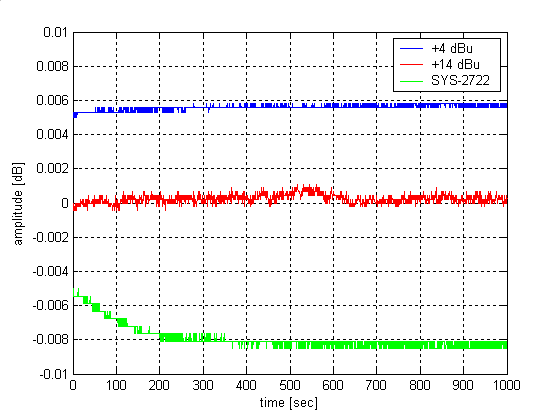Samuel Groner said:
IC7 is high, which increases gain of IC3 for positive feedback.
Ah right, thanks. I was misleaded by the text which suggested me that turning on Q1 would cause negative feedback. Actually I think the text is just wrong--from page 7/8:
When the FET resistance is low, the noninverting gain exceeds the inverting gain so that a noninverting overall characteristics results.
The quote you excerpted in italics is correct... The inverting gain of that stage is fixed, but the non-inverting gain varies, and increases as FET resistance drops, so can change from net inverting for negative feedback when FET high Z, to non-inverting for positive feedback when FET is low Z.
So you are correct, turning on Q1 causes positive feedback...
I'll be back in a minute with the update schematic.
Samuel
I'm not smart enough to look at that schematic and predict how it will work, but I am nervous about it calmly converging on a stable level without overshooting or hunting between modes. My gut feeling is fast mode is too much feedback, so the AGC loop will toggle between the two, and not cleanly converge.
Ideally you want to speed up the charging rate of C3, along the lines of what the diodes are already doing.
I did some dynamics, side chain designs where a similar smoothing cap could vary between fast time constants for large changes returning to slow time constants for small errors.
Other speed up tricks to consider:
#1 a resistor in series with C3 that you could shunt with a JFET when stable.
#2 if the resistor in series with C3 is on the opamp - input side, a clamp diode to ground at that node between R and C3 could quickly charge discharge C3 for steps larger than a diode drop (across added R).
I don't have good experiences with dual rate AGC loops, so take my advice with a grain of salt... that last time I tried was back in the '80s on the TS-1. I ended up tolerating around .15% THD to enjoy an adequately fast settling time characteristic. My Osc went from 30 kHz to below 20 Hz in one swept range so agc loop was working a bunch.
JR



